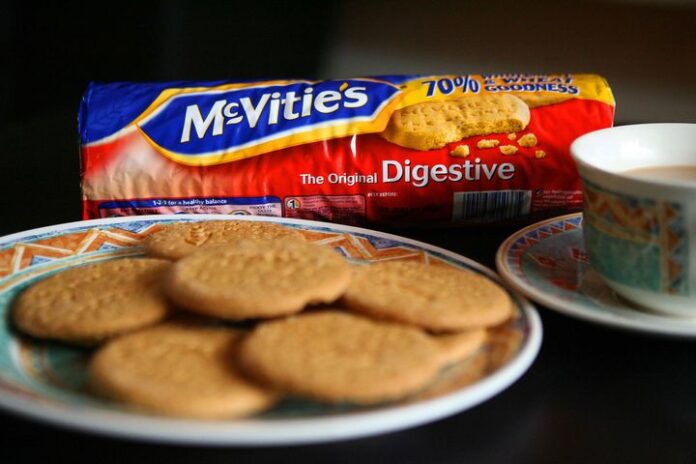
In 1996, Supreme Design Director Brendan Babenzien introduced the Supreme Old Skool collection, marking a significant collaboration between two influential brands. This partnership set the stage for further collaborations through Vault by Vans, which debuted in 2003, showcasing high-end collaborations with brands like Palm Angels and UNDERCOVER. In 2009, Vault by Vans paid homage to the Old Skool’s 1990s heyday with the release of the Old Skool ’92 Reissue LX model as part of a 20th Anniversary Reissue Pack for skater Ray Barbee.
The Syndicate Line, launched shortly after Vault by Vans, provided a platform for non-traditional artists to express their creativity on various Vans silhouettes, including the Old Skool. Notable figures from street culture, such as Jason Dill, Shawn Stussy, and Tyler the Creator, contributed their own interpretations of the sneaker.
As Vans’ cultural influence expanded, so did its collaborations and innovations. From customizable shoes to partnerships with cultural icons like The Simpsons, Vans has continually reimagined the Old Skool while preserving its core structure and appeal. Whether encrusted with Swarovski crystals or reissued with nods to its 1990s roots, the Old Skool remains a symbol of enduring cultural impact. What began as a quest for a more durable skate shoe in 1977 has evolved into a driving force in street and skate culture, with the Old Skool’s influence reverberating far and wide.
Recognizable Branding
The integration of Italian coffee terminology into global coffee culture runs deep, particularly with the prevalence of Italian names for modern espresso-based milk drinks introduced during the second wave of coffee—except for the flat white.
In the realm of coffee, public perception still tends to equate Italian with quality. Because of this association, many coffee roasters find it advantageous to align their coffee offerings with Italian heritage.
This strategy has proven highly effective for Costa Coffee, enabling them to carve a path into the mainstream market—a feat that often eludes many specialty, artisanal coffee shops.
While specialty coffee has cultivated an exclusive image, which some find intimidating, Costa Coffee has successfully blended Italian sophistication with a touch of British charm. They achieve this by featuring items like oversized Jammy Dodgers prominently in their product range.
Jammy Dodgers, beloved British biscuits typically made from shortcake and filled with raspberry or strawberry jam, add a distinctly British flair to Costa Coffee’s offerings.
Costa Coffee has imbued its brand and products with an approachability that sets it apart from many other coffee shops.
For example, the brand’s logo and color palette are instantly recognizable. The warm burgundy badge exudes confidence and fosters a sense of warmth and friendliness.
Since the Whitbread overhaul in 1995, the branding has remained consistent. This continuity has contributed to the establishment of a stable and unmistakable brand identity, often seen adorning high streets across the UK.
Consistency and Replicability
Costa Coffee excels in delivering a consistent and replicable experience, a key aspect of its success.
Upon stepping into a Costa Coffee shop, customers could find themselves almost anywhere in the world, with the only distinguishing factor being the language used by the servers for upselling.
This universality fosters a sense of familiarity for many customers. Most prefer knowing what to expect when placing an order and appreciate a clear and consistent process.
Costa sources its beans from diverse global locations and opts for a dark roast to facilitate easy replication. This approach also ensures that the coffee’s flavor remains robust, even when mixed with milk.
However, the variety of food and beverages offered at Costa Coffee is another reason customers keep coming back.
In addition to its staple offerings, the brand regularly introduces new drinks, such as the Frostino blended beverages. These concoctions, with or without coffee, feature intriguing flavor combinations like salted caramel.
Costa’s success lies in striking a balance. Its branches, ubiquitous yet unassuming, create spaces where customers feel comfortable and at ease.
The cozy ambiance of Costa Coffee outlets has contributed to the company’s leading position in terms of revenue. Notably, its UK annual turnover in 2019 alone surpassed £880.59 billion—more than double that of its competitors.
Retail Expansion
Following the acquisition by Coca-Cola, Costa Coffee has effectively broadened its revenue streams.
It’s notably challenging to find a town in the UK without a Costa Coffee presence. Moreover, with the introduction of self-service machines, customers can now enjoy Costa coffee anywhere, from hospitals to office spaces.
Costa Coffee products have also made their way onto supermarket shelves, offering signature blends in ground or whole bean form, as well as an expanding range of ready-to-drink (RTD) options.
Environmental consciousness among UK consumers has surged, with 85% now making more sustainable lifestyle choices. In 2019, Costa Coffee was voted the country’s most ethical coffee shop.
Costa Coffee’s green initiatives include the establishment of the world’s most sustainable roastery, powered entirely by renewable energy. This facility implements processes that reduce the energy required to roast a tonne of coffee by up to 30% and utilizes a rainwater harvesting system to supply hot water throughout the roastery.
Additionally, in 2019, Costa Coffee diverted over 7,000 tonnes of waste from landfills and eliminated 45 million plastic straws from its stores.
Furthermore, in 2021, the company announced a shift to plant-based plastic linings for its takeaway cups, reducing the cups’ carbon footprint by 26% when recycled.
Costa Coffee’s ability to adapt and meet consumer demands and expectations may indeed be a key factor in its success.
